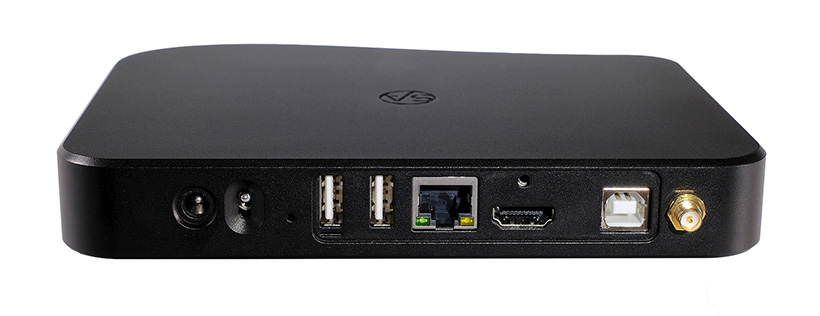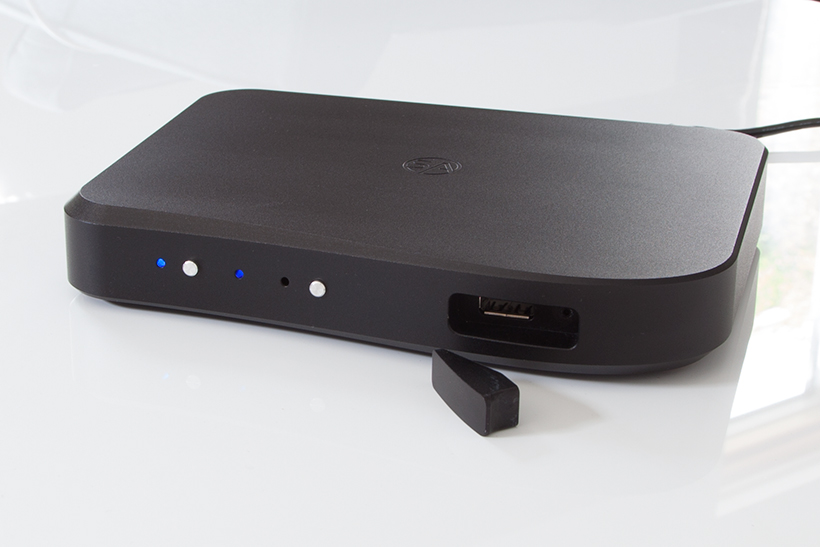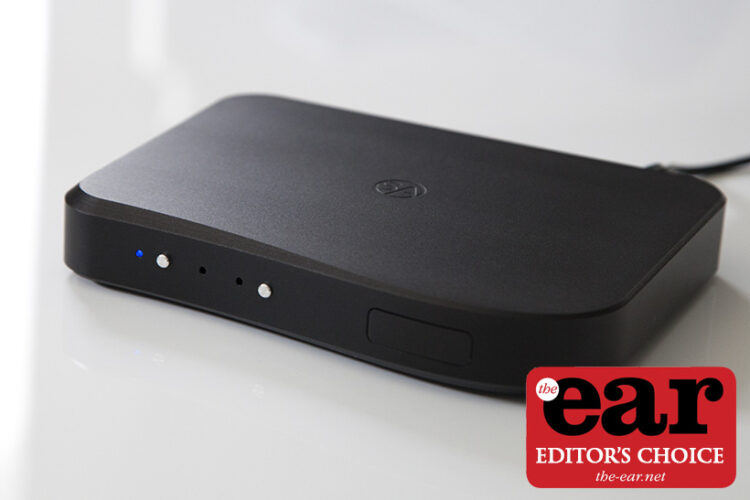If you want to become an audio equipment manufacturer the easiest part of a system to make would appear to be a loudspeaker. All you need is a nice cabinet, a set of drive units and a crossover, half of which can be bought off the shelf. Making a speaker that you and your mates like doesn’t seem too difficult either, the usual barrier to success is making 100 of those speakers that sound the same and maintain the same standard of fit and finish at a price the market will bear. For Theo Stack that option must have looked too obvious or perhaps he could see that achieving those goals is actually a lot harder than many imagine. So he set about making a network streamer back when this variation on the digital source was beginning to get a foothold in the market place, he turned up at the Bristol show in 2015 with the Onset in a very nicely finished bit of casework and I was excited at the prospect of trying it at home. Last year he managed to bring a different streaming bridge to market, and that’s not slow by any means. It gives you some idea of how much work is involved in this type of project. I recall Cambridge Audio saying just how many thousand man hours were involved in creating the software for a streaming system albeit not the exact amount, suffice to say it was ‘many’, which means that for a small operation like Stack Audio this was a very tall order.
As a result the Link as it’s called runs on software developed by Italian community based outfit Volumio whose own hardware featured in our recent High End 2019 show report. Theo created the electronics that run this software and designed the casework for the small but perfectly formed Link, but he called in an industry big gun in John Westlake to help. John created the signal detox system that removes noise from the signal, reducing the jitter and EMI that are the flies in the ‘perfect sound forever’ ointment of digital audio.

The Link is a bridge because it acts as conduit between streamed audio from local server or cloud based libraries and a DAC, it’s the equivalent of an Auralic Aries G1 or G2 in functional terms and has similar connectivity. But he points out that it is also beneficial to systems based around a PC because its noise stripping capabilities can be applied to a USB input.
The Stack Link can be used wired or wirelessly and outputs a digital signal via USB only but has the unusual feature of switchable USB power. The power line in a USB cable is not essential with some DACs and is a source of distortion because the 5V DC is sitting right next to the signal cable, with the DACs that don’t need the voltage to tell them that a USB source is connected switching this off can be beneficial. It’s not a feature I’ve seen anywhere else presumably because there aren’t many DACs that advertise the fact that they don’t need the 5V, but it’s a nice feature nonetheless. The Link has a plugtop power supply which Theo says is hard to better, he is probably right but it would be interesting to try a 16V sBooster just to be sure. There is also a USB A connection on the Link that can be hooked up to a disc drive, turning the combination into a CD player, I didn’t try this but it’ a handy feature if you want to spin silver discs. There’s even a USB input on the front hidden behind a magnetically attached cover which can be used for thumb drives, the least expensive storage system around.
There are a number of control apps including Bubble UPnP that can be used to drive the Link but Volumio’s browser based controller is the obvious choice, at least until you start to find that what little hair you have left is being pulled out rather too often. At this point I gave up and went over to Roon, it may not be free but it is pretty damn reliable and that is worth more than just follicles. That said this is sadly not an unusual experience even with relatively mature control apps.

I used the Link between an Innuos Zentih SE network server and a number of DACs including the rather impressive Didit 212 from Holland, this is one of the few examples of its ilk that wasn’t transformed by the addition of a streamer, a point proved with other more expensive units. Yet the Stack did manage to increase transparency and cleaned up the background whilst improving timing. It focussed the sound and enriched tone on Zappa’s ‘Penguin in Bondage’ (Roxy By Proxy) and managed to separate instruments and voices which created a strong sense of three dimensional imaging and overall coherence. Using it with an iFi Pro iDSD DAC resulted in excellent definition of fine detail, transparency and instrumental tone, the latter a factor of the converter’s character that the Link allows to shine through by virtue of delivering such a pristine signal. Using the Link between the Zenith SE and the DAC instead of taking a USB output directly from the server resulted in clearer, quieter, more open and precise sound.
Playing another Zappa album (Läther) for the first time in a while I was forced to note that it had not sounded so good in the past, which of course reflects the whole system as well as the Link but the streamer is a key component sitting as it does so close to the source in the audio chain. I used the Link with a variety of other components and got consistently good results, it depends on the DAC involved but with the iFi the result was always open, expansive and calmly energetic with a gripping sense of timing. It’s not in the same league as the Auralic Aries G1 but that costs nearly three times as much so you’d expect an upgrade. Importantly, without direct comparison there is nothing to remind you that this is such an affordable streamer, its sins are of omission so do not get in the way.

I don’t use a PC for audio purposes but logged into Tidal on a Macbook Air to see if the Link would provide any benefit over the laptop’s USB output. It certainly did, pretty well everything got a lot better thanks to the clear drop in noise floor that made backgrounds quieter, timing and openness much stronger and gave the laptop’s sound an integrity that was badly lacking without the Link. I’m aware that decent music replay software (eg Audirvana) can be used to improved PC sound significantly but the Link goes at least as far as they can on top of such performance enhancements.
I have to say that the Stack Audio Link is a remarkably great sounding and well made piece of kit, you can buy considerably less impressive streamers at this price and they usually come in plastic or tinny boxes. The Link is small but perfectly formed and sounds very good indeed if you have a decent source and DAC, yet also enhances the performance of more modest PC sources. Heartily recommended to anyone who wants to know why streaming is where it’s at when it comes to digital audio.


